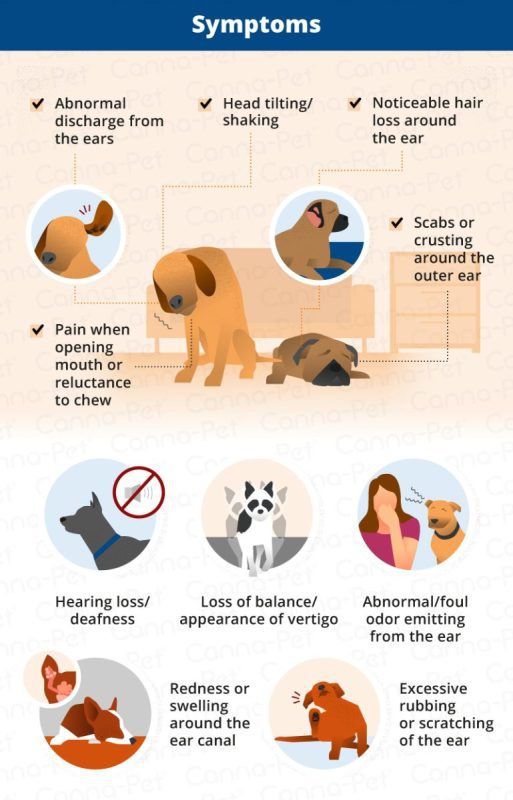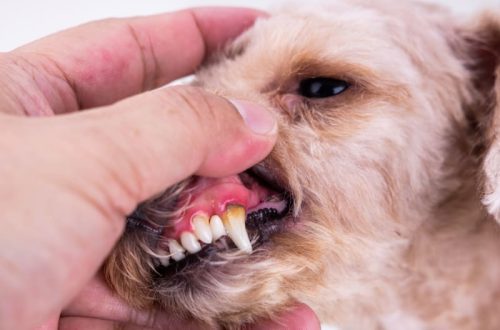
Šunų ausų ligos: simptomai ir gydymas
The dog’s ear is divided into four parts:
- The auricle is the part located on the outer part of the head.
- External auditory meatus.
- Vidurinė ausis
- The inner ear contains the sense organs for hearing and balance.
Ear inflammation is a common problem in animals and has many causes. Dogs with floppy ears, such as the Bloodhound, and/or those with thick hair in the ear canal, such as English Shepherds, are more prone to complications associated with ear inflammation. These characteristics, combined with the warm and closed nature of the ear canal, provide an excellent breeding ground for infections that cause inflammation.
Priežastys The most common causes of ear inflammation, or otitis media, in dogs are bacteria, fungi, and ear mites. It can also be caused by allergies, seborrhea, an underactive thyroid, trauma, foreign objects (such as plant seeds) in the ear, and tumors.
Most cases of inflammation of the middle and inner ear are caused by bacteria entering through a ruptured eardrum. One of the causes of a ruptured eardrum is too frequent cleaning of the ear canal. Inflammation of the middle ear can also be caused by throat infections.
Diagnosis by a veterinarian If you notice symptoms of ear disease in your pet, such as itching, you need to take him to a veterinarian. Examining the dog’s ear canal and eardrum by a veterinarian using an instrument called an otoscope can help determine the cause of the inflammation. If the ear is very sore, the animal may need to be sedated to allow a thorough examination. Other types of tests include: microscopic examination of earwax, ear cultures; thyroid hormone studies; x-ray examination; cytological examination of exudate.
Most ear infections are successfully treated after appropriate diagnostic tests are performed by a veterinarian.
Gydymas ir priežiūra namuose Ear problems should be addressed consistently and targeted, depending on the diagnosis. In some cases, home treatment can take several weeks or even longer.
In most cases, your veterinarian will need to clean your dog’s ears and remove hair from the ear canal for subsequent treatment to be effective. Using ear drying products can also be beneficial. In severe cases, more radical treatment, such as surgery, may be recommended.
Home care usually involves administering medication directly into the dog’s ear canal, as instructed by the veterinarian. Incorrect use of ear medications can lead to chronic inflammation, so be sure to follow your veterinarian’s recommendations.
maistas If your dog has ear problems, your veterinarian may suggest changing his diet. In some cases, your doctor may recommend a special dietary hypoallergenic dog food to limit exposure to potential allergens. Such foods include Hill’s Prescription Diet products.
If this does not conflict with your veterinarian’s advice, transition your pet to the new food gradually over a seven-day period. Learn more about how to gradually transition your dog to a new food.





